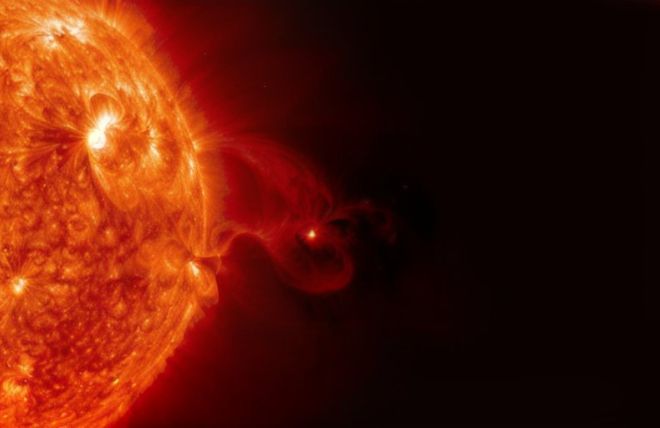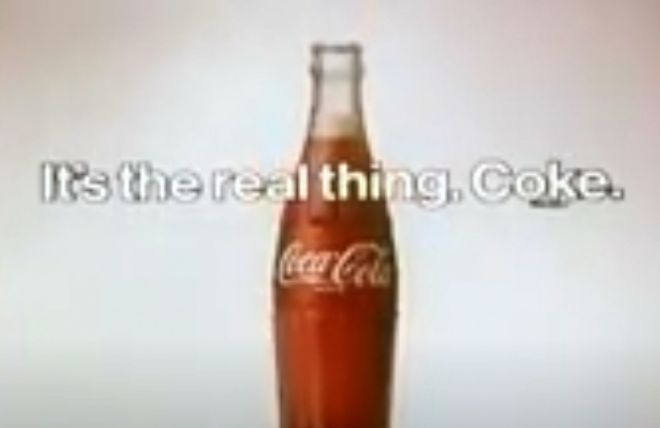
The relationship between refractive index and special relativity has always been problematic, and associated with strongly-presented arguments that don’t always seem to make sense.
The modern attitude seems to be to set aside Einstein’s multiple attempts at reconciling refractive index with SR, and to simply say that SR only claims validity in empty space and flat spacetime, and that if we have a transparent medium present (such as a moving glass block), then obviously the fact that the medium slows and drags light means that the surrounding lightmetric becomes distorted. Lightbeams skimming the block get deflected by Huygens principle, and the region’s metric is no longer flat.
When anyone tries to apply SR here, and fails, we are told that the failure is a case of "user error". The theory has been misapplied, and used outside its domain of applicability.
So here is a short list of some of the other things that special relativity apparently does not have to apply to:
- The human eyeball. The eye is a capsule of clear goo, with a lens at the front and a retina at the back. If it moves, it drags light. Einstein’s geometry of observer-physics do not apply to observations made with the human eyeball.
- The human body. Human skin, and fingernails/toenails are translucent, which means that a high-velocity (naked) human should drag light. Humans seem to have diplomatic immunity to the rules of special relativity! :)
- Polar Bears. Up-close, polar bear fur is not white but transparent. Since a polar bear's fur has a refractive index value, a polar bear travelling at an appreciable fraction of the speed of light should be associated with optical lensing effects.
- A grain of silica sand.
- Interstellar gas-clouds. Because, gas.
- Galaxies. Lots of dust and gas
- Stars. Stellar atmospheres should drag light
- Planets. Planets that support atmospheres (like Earth) should drag light with them.
- A particle accelerator beam … is, pretty much by definition, a rarified particulate medium moving at high speed, and can therefore show non-SR behaviour.
- Interstellar space may only have a matter density of one atom per few cm3, or even, outside galaxies, of one atom per cubic metre … but over lightyears, this is enough to count as a gaseous medium that drags light.
- Spacesuit visors drag light. And spacesuits also contain air, that drags light.
- Spaceship windows drag light (and again, have contained air). So presumably any thought-experiments involving SR and astronauts or spaceships don't actually have to agree with the theory.
- Railway carriages contain a body of co-moving air, that drags light. So if you are alongside another railway carriage, with relative motion, the velocity of a lightsignal in the other carriage doesn't have to agree with yours.
- Glass camera optics. Glass lenses drag light.
- Silicon sensors. Some cameras have the sensor printed on the front of the silicon, mine (an old Samsung NX) has it printed in the back. So even if I remove the lens and turn it into a pinhole camera, in a perfect vacuum, its observations are still made through a region of dragged light.
At this point, we start to wonder whether the cameras with front-printed sensors should drag light too. After all, it would be perverse if the laws of physics came out differently depending on what make and model of camera we used to take our photographs. Or whether the observer was a mammal or a lobster.
If we want to derive a relativistic system that embraces stars and planets and polar-bears, we need a system that predicts identical results regardless of whether a glass block is moving relative to a housebrick, or a housebrick is moving relative to a glass block.
We cannot support two different systems ... either everything drags light, or nothing drags light.





